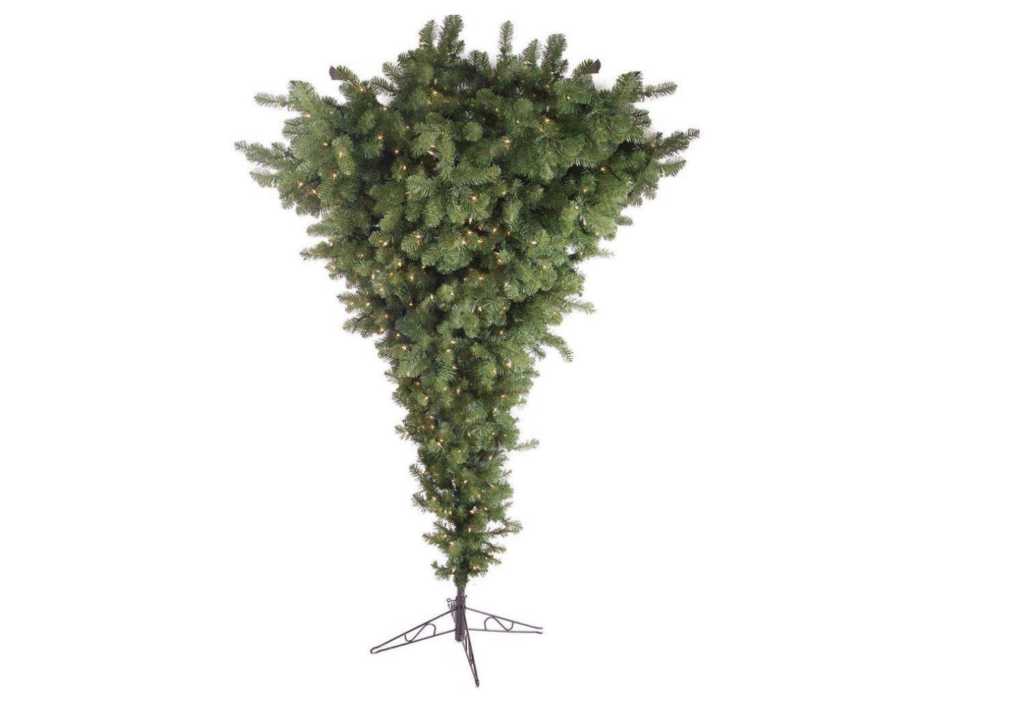A strange, renewed trend involving the display of upside down Christmas trees is catching on — a phenomenon that has sparked a wide range of reactions.
READ: No, John Piper, Trump is Definitely Not the Same as Putin and Kim Jong-un
While some might find the bizarre sight offensive or just plain odd-looking, the history of the upside-down holiday spruce reportedly dates back to the Middle Ages and is said to be predicated upon a quest to place a deeper focus on Jesus and the trinity.
According to The Spruce, Europeans displayed trees in this way to represent Father, Son and Holy Spirit. eHow has more: “By the 12th century, Christians across Europe were customarily hanging their tree upside down. Eventually, the tradition was replaced with the upright Christmas tree, so that the tree pointed toward heaven.”
Other outlets, though, like Mental Floss, cast some doubt on any definitiveness surrounding these stories.
Somehow, the original phenomenon of the upside-down spruce has returned hundreds of years later, with these displays emerging in various stores this season in an effort, in part, to display more ornaments at eye level, while offering an alternative twist on the annual Christmas decorating tradition.
https://www.instagram.com/p/BcSmKkLlKhO/
Some people have come to see these trees as offensive in the modern era, with critics assuming that such trees are an affront to the Christmas season. That misconception has reportedly also led some non-Christians to use the upside-down tree in the same way they would an upside-down cross, eHow reported.
And perhaps the confusion is rooted in the fact that the history of Christmas trees is, itself, pretty sparse and convoluted. In fact, Mental Floss noted that there’s not much recorded about the historicity of tree decor, which makes the “inverted tree mystery as tangled as a string of Christmas lights.”
It’s unclear why the trend re-emerged, though some experts believe its recent reappearance has more to do with edginess than it does a respect for the trinity, the upside-down tree’s (purported) original intent.
Either way, The Spruce also noted that there are some practical benefits to the alternative tree: ornaments aren’t taken off by children, more presents will fit under the tree and animals won’t knock down it down, as these designs mean that the tree is sometimes affixed to the ceiling or wall.
Retailers are currently selling these upside-down trees, with Home Depot listing one pre-lighted option at $298; prices reportedly range from $100 to $1,000 at various retailers.



